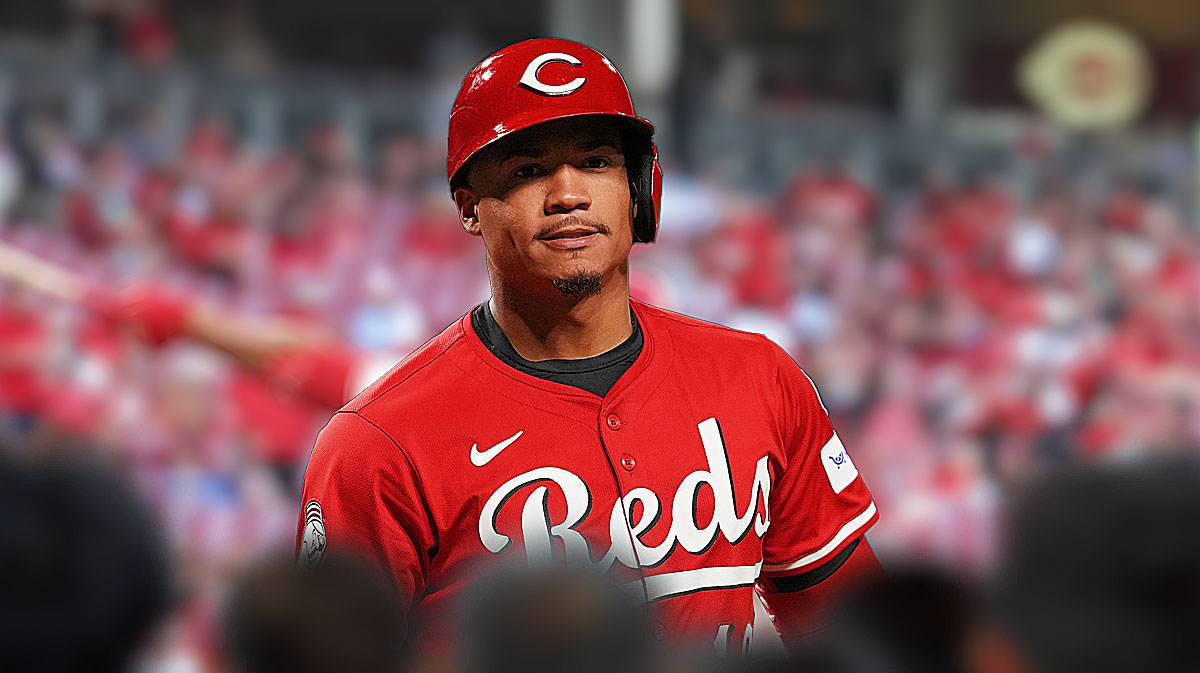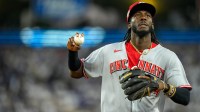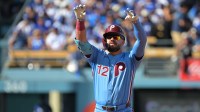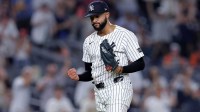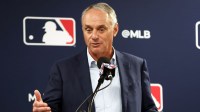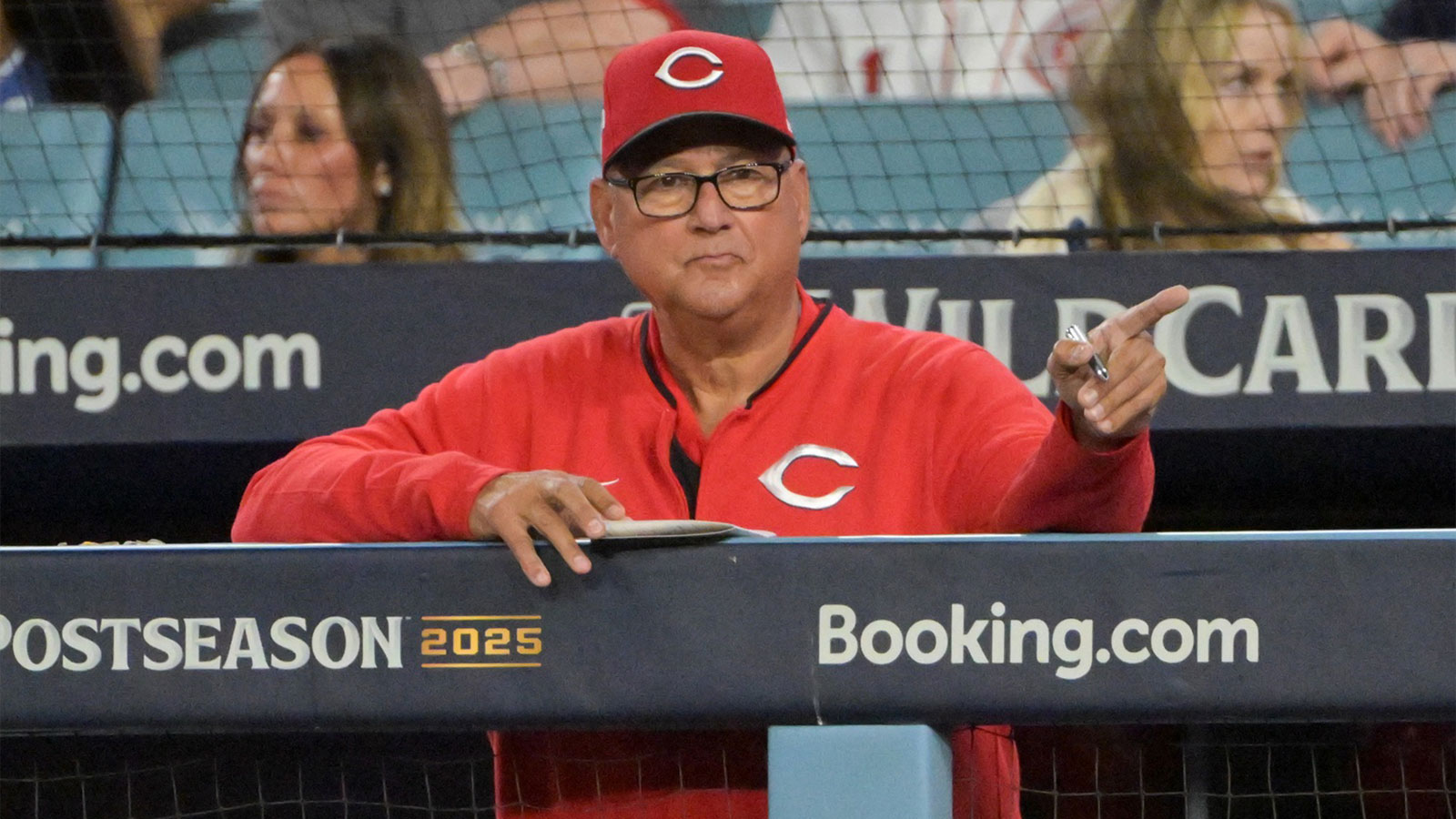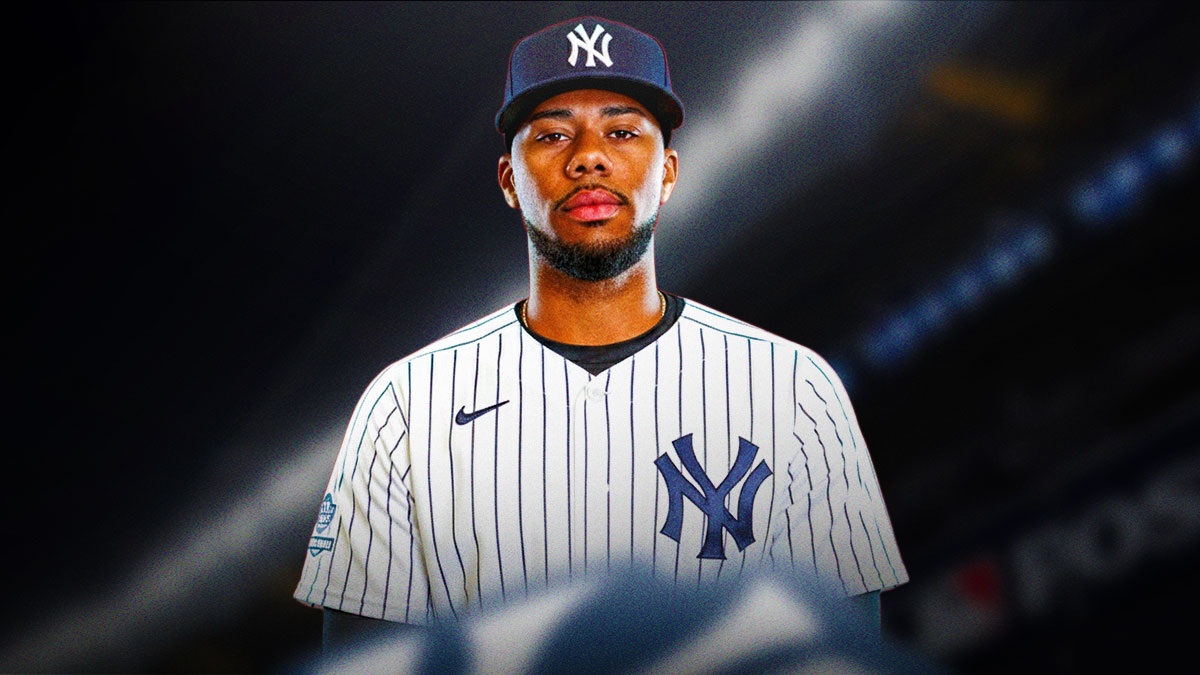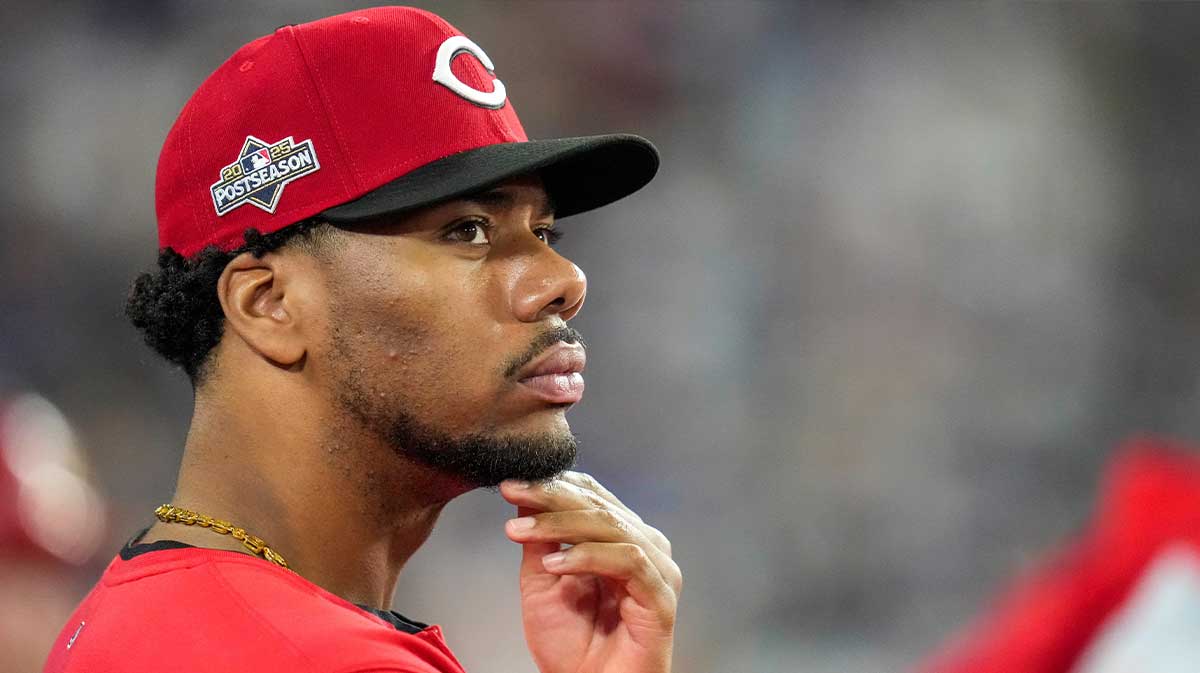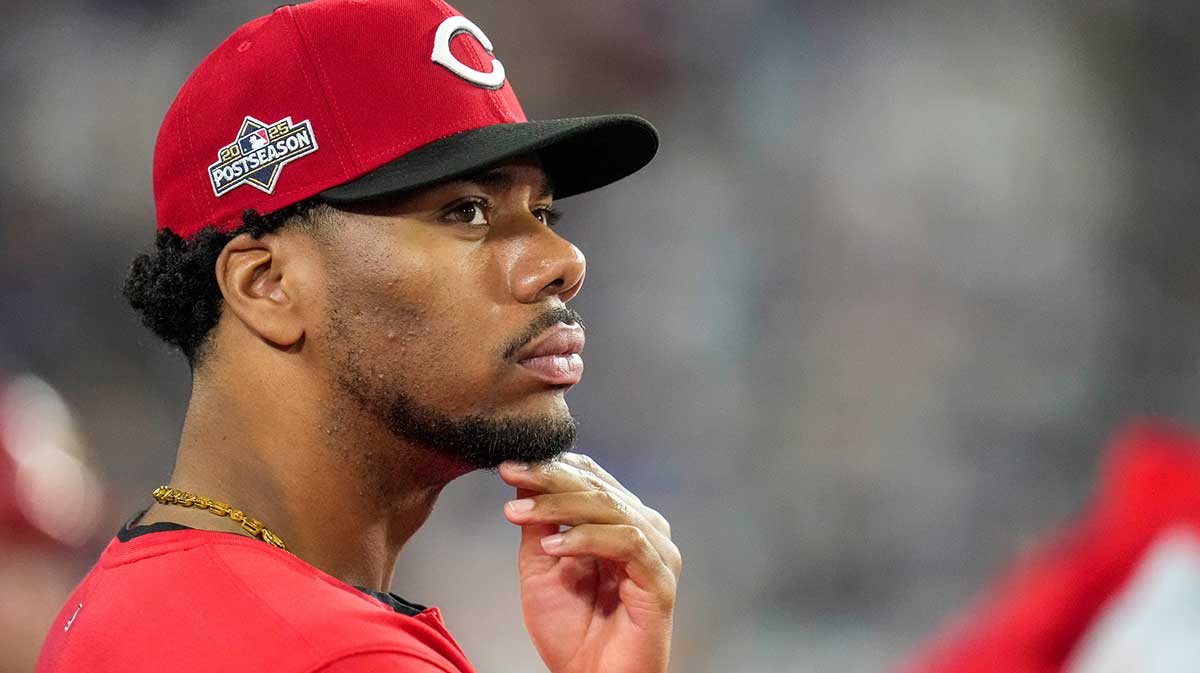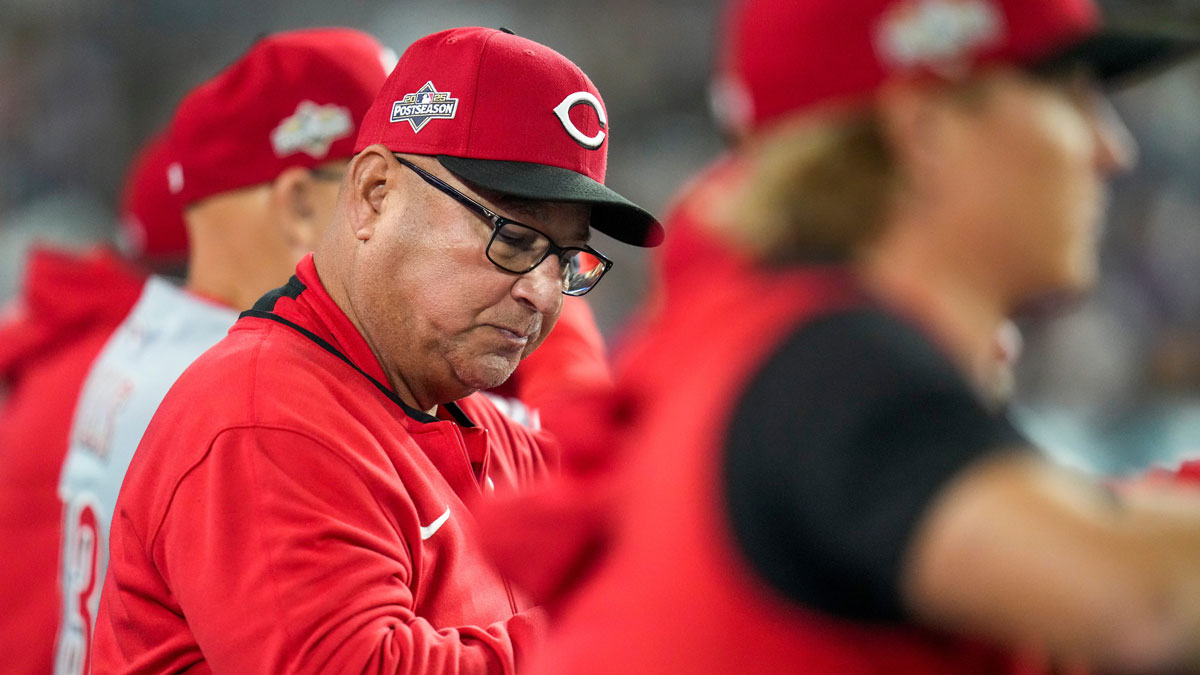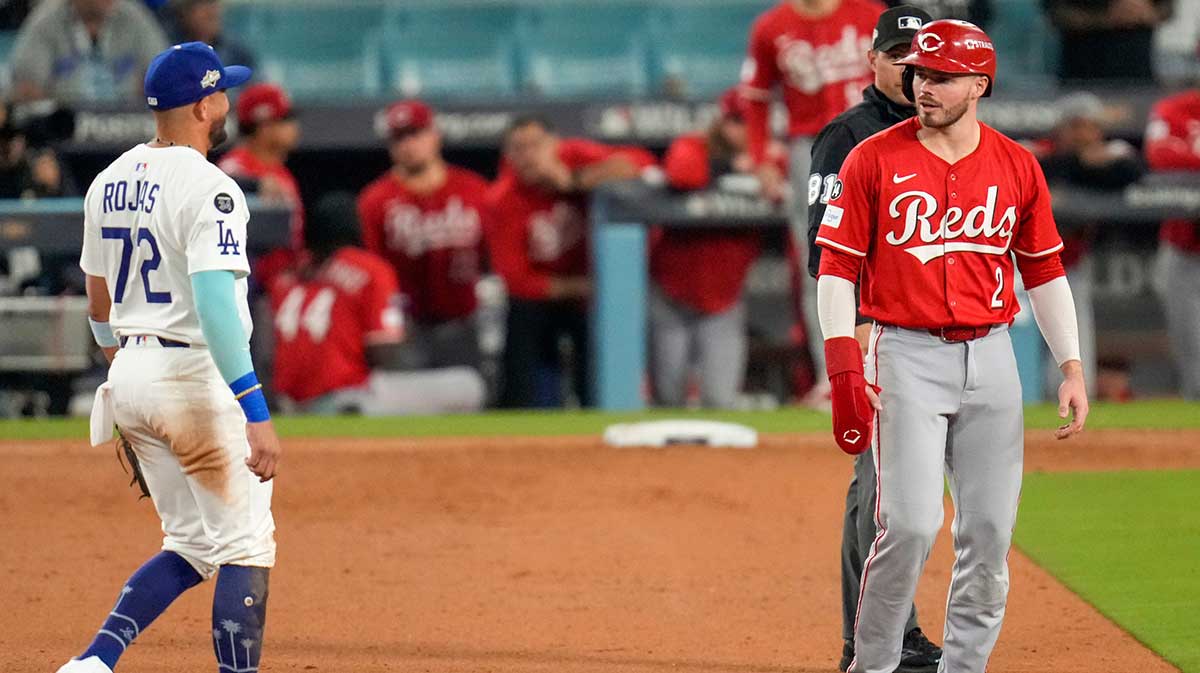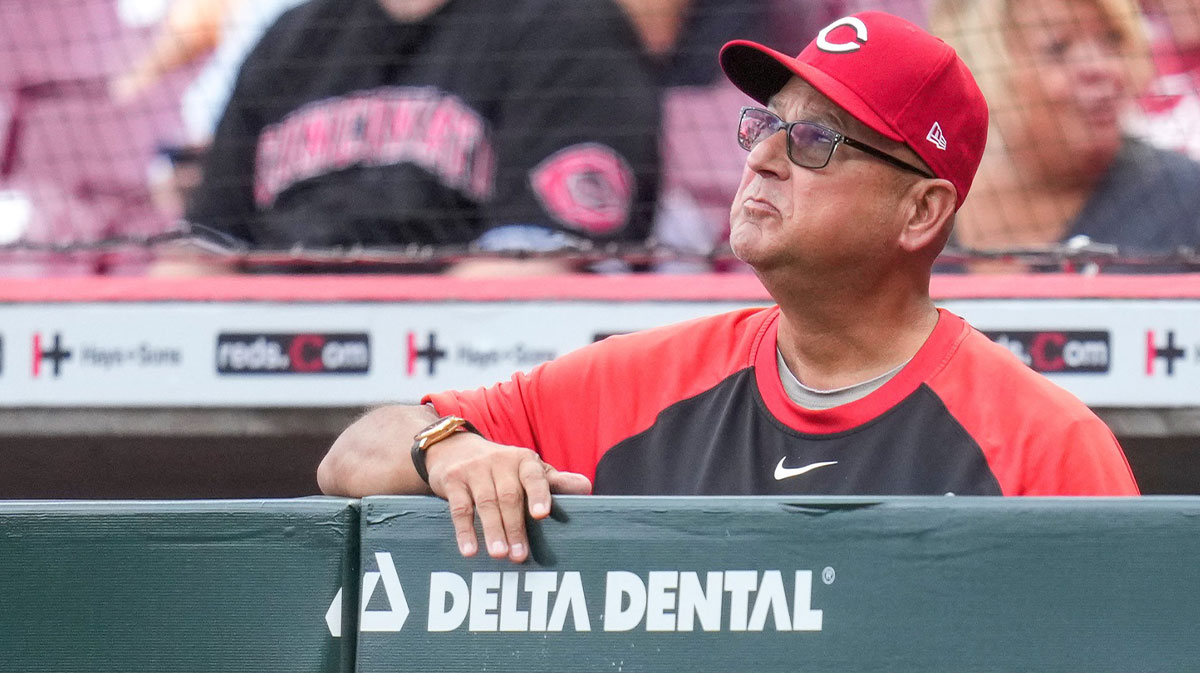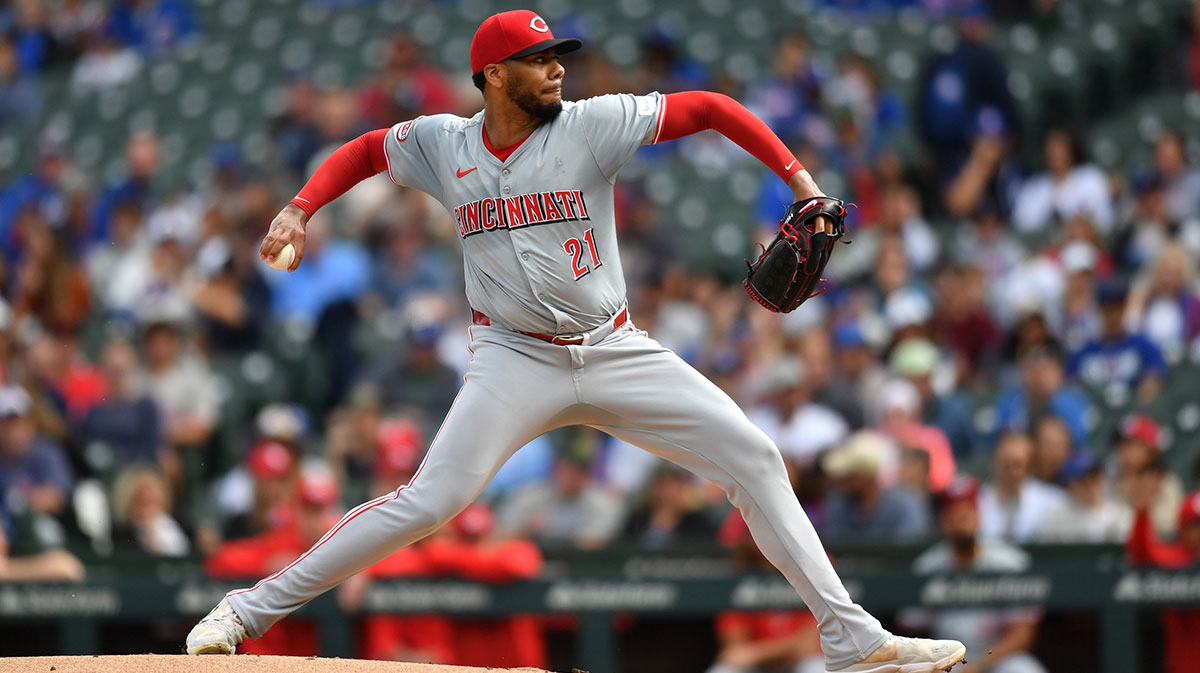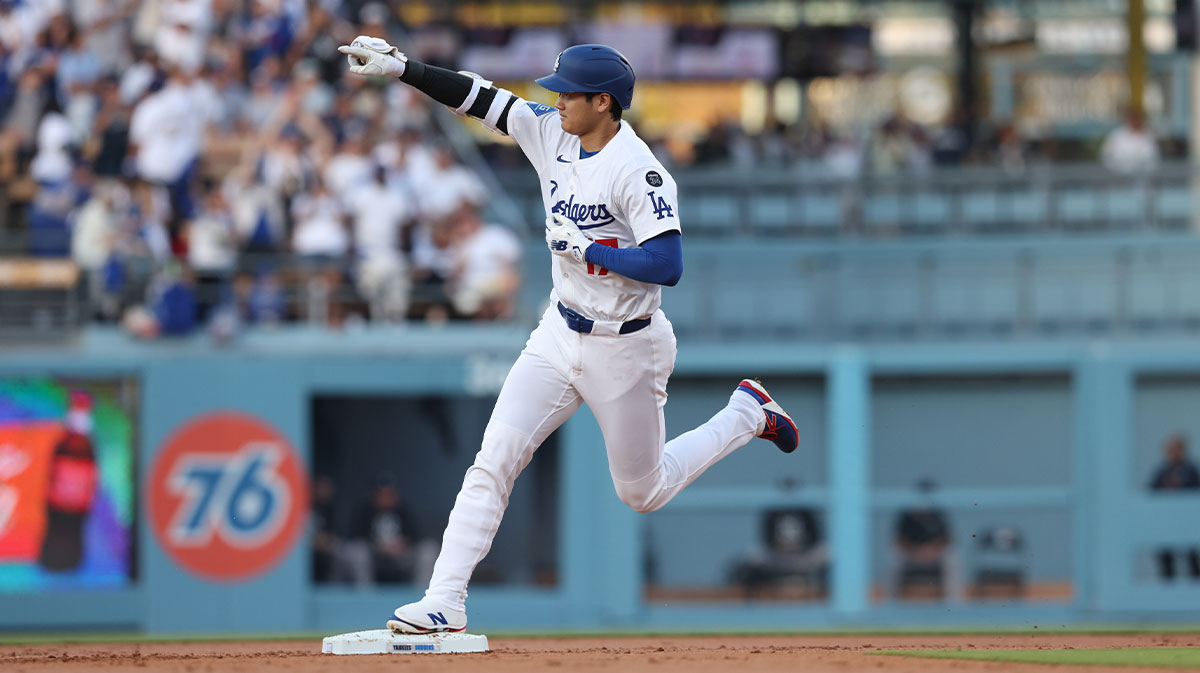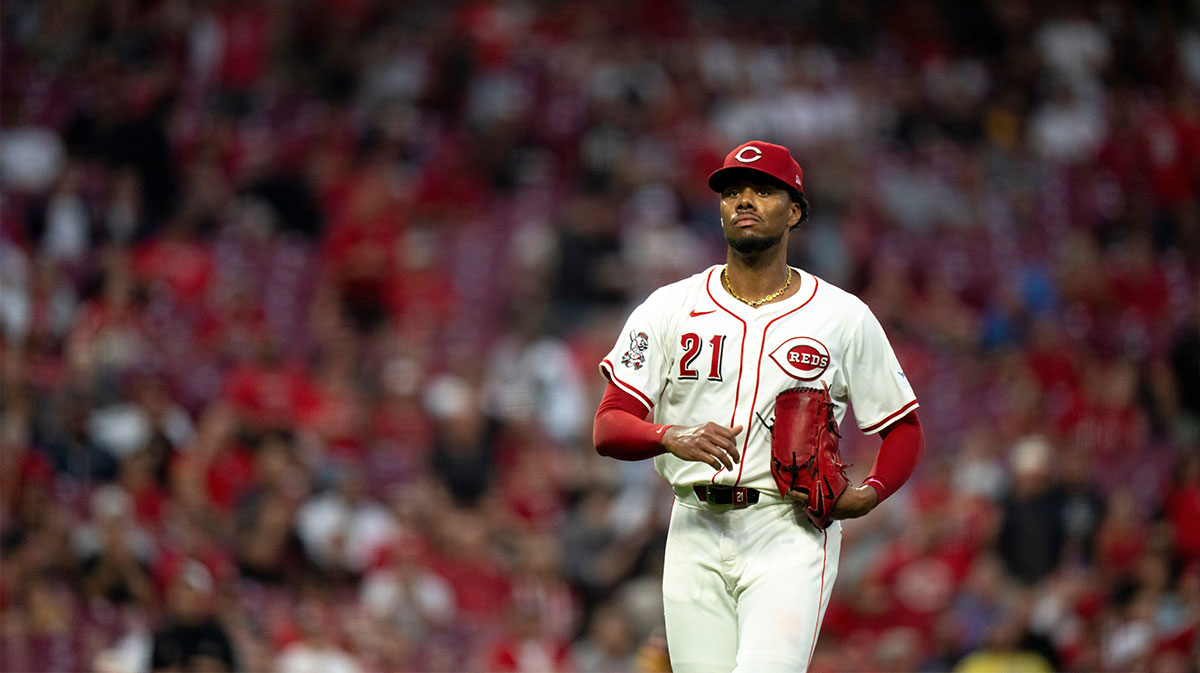The Cincinnati Reds enter the summer of 2025 at a crossroads. After several seasons of rebuilding and a flurry of prospect promotions, the club finds itself with a logjam of young infield talent and a pitching staff that, while promising, still needs impact arms to contend in the National League Central. To maximize their window and address roster imbalances, the Reds must make a bold move before the trade deadline. The one player they must trade, Noelvi Marte.
The Case for Trading Noelvi Marte
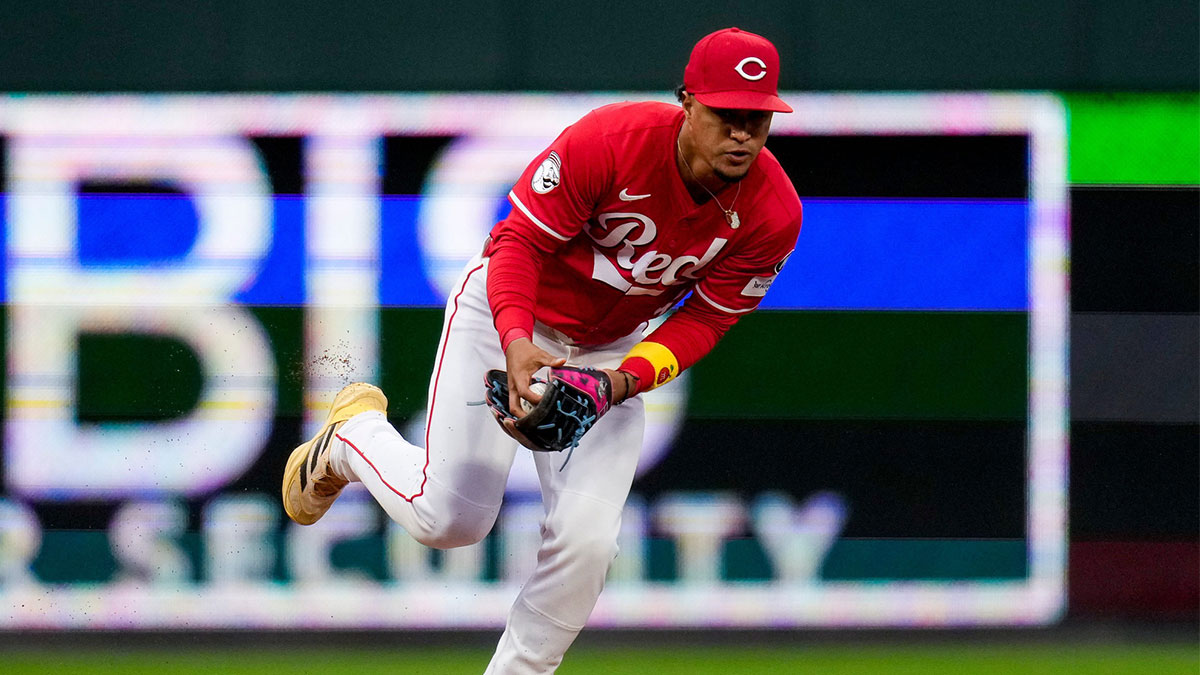
Noelvi Marte’s journey with the Reds has been anything but linear. Acquired as the centerpiece in the Luis Castillo deal, Marte was once heralded as a future star. His early flashes in Cincinnati were electric—he slashed .316/.366/.456 in a 2023 cameo, displaying the power-speed blend that made him a top-100 prospect. But a PED suspension derailed his momentum in 2024, and upon his return, Marte struggled mightily, hitting just .210/.248/.301 with a meager 3.7% walk rate and a concerning 31% strikeout rate.
The 2025 season began with Marte optioned to Triple-A after a poor spring, but a recent hot streak, .370/.431/.696 with three homers and 16 RBI in his first 13 games back, has reignited his value and reminded observers of his upside. Still, the Reds’ infield is crowded with Elly De La Cruz entrenched at shortstop, Matt McLain and Gavin Lux vying for second base, and Jeimer Candelario also in the mix at third. The organization has made significant investments in veteran infielders, and with prospects like Cam Collier and Sal Stewart rising quickly, Marte’s long-term fit is murky at best.
Marte’s recent surge is perfectly timed for the Reds’ front office. His value is rebounding, and teams in need of young, controllable infielders will be intrigued by his age (23), pedigree, and offensive ceiling. For Cincinnati, moving Marte now allows the club to address more pressing needs, whether that’s adding a frontline outfielder, a controllable starting pitcher, or replenishing the upper minors with high-upside talent.
The alternative, keeping Marte and shuffling him between Triple-A and the big league roster, risks stalling his development and diminishing his trade value if his performance regresses. With the Reds’ window of contention opening and a surplus of infielders, the time to act is now.
The Trade Proposal
Given Marte’s age, upside, and recent production, the Reds should target a team with a clear need at third base or shortstop and a willingness to part with either an established big leaguer or a package of top prospects. One logical fit could be the Miami Marlins, who are desperate for infield help and have a deep stable of young pitching.
Cincinnati Reds receive:
-
Max Meyer, RHP (MLB-ready starter, former top-10 pick)
-
Jacob Berry, 3B/1B (top 5 Marlins prospect, switch-hitting power bat)
-
Xavier Edwards, INF/OF (versatile, MLB-ready utility player)
Miami Marlines receive:
-
Noelvi Marte, 3B/SS
Max Meyer gives the Reds a high-upside, cost-controlled arm who can slot into the rotation immediately, addressing a need for impact pitching as veterans like Frankie Montas approach free agency. Jacob Berry, while not a perfect prospect, offers an advanced bat and positional flexibility, fitting the Reds’ model of versatile, athletic players. Xavier Edwards adds depth and speed, with the ability to contribute across the diamond or in the outfield.
For the Marlins, Marte becomes their everyday third baseman or shortstop, giving them a potential star under team control for years. His offensive upside is precisely what Miami’s lineup lacks, and his age fits their long-term timeline.
Cincinnati’s farm system remains one of the best in baseball, with arms like Chase Burns, Rhett Lowder, and Chase Petty leading the way, and bats like Cam Collier, Sal Stewart, and Edwin Arroyo not far behind. Trading Marte does not leave the organization barren at third base or shortstop; in fact, it clears a path for Collier and Stewart, both of whom are knocking on the door of the big leagues and have higher defensive ceilings.
Meanwhile, the influx of pitching talent, Burns, Lowder, Petty, and more, means the Reds can afford to move from a position of strength to address roster needs elsewhere. This flexibility is a testament to the front office’s recent draft and development successes.
Noelvi Marte’s story in Cincinnati is a microcosm of the modern MLB: high expectations, adversity, and the constant churn of roster optimization. The Reds, poised to contend but facing difficult decisions, must capitalize on Marte’s resurgent value before the 2025 deadline. By moving him in a deal that brings back immediate pitching help and a top prospect, Cincinnati can solidify its core, address weaknesses, and keep the window of contention wide open.
Waiting risks diminishing returns. Acting now, while Marte’s stock is up and the infield logjam is real, is the bold, necessary move for a franchise on the rise.

